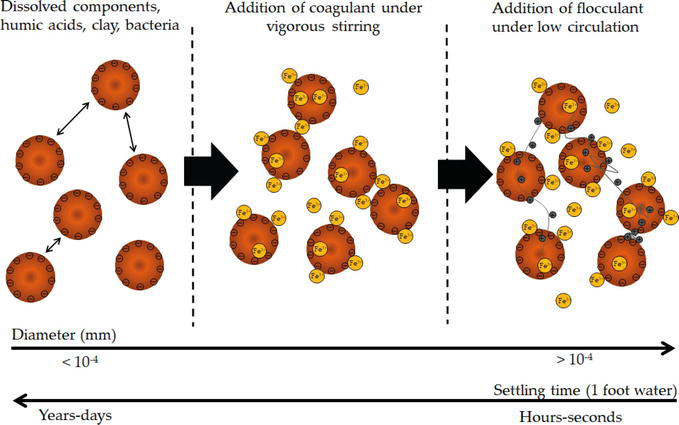
Due to the increasing scarcity of water, wastewater treatment and water conditioning are one of the major future issues. Together with the need to apply highly accessible abundant materials and the demand to replace fossil-based chemicals with sustainable compounds from renewable resources, chitosan (CS) provides some of the solutions to obtain these goals and combines both, abundance and sustainability. Hence, the focus of this review is on the application of CS in wastewater treatment providing advantages and drawbacks in using CS in contrast to chitin. We herewith present the application of CS for coagulation/flocculation purposes, whether as native compound, as functionalized molecule or as blend, respectively, composite. The heavy metal, respectively, dye removal is an additional theme to be addressed in the body of the text. The third topic of this review contains the application of CS blends or composites in order to prepare membrane materials for water purification or conditioning. Together with a summary of the recent study, we discuss these findings and possible consequences for future works. In addition, we provide some theoretical background of the processes that CS is involved in and state some mechanistic insights.
Read the full article.
Sewage Polluted Water Treatment via Chitosan.pdf (3.0 MB)
Thomas Hahn and Susanne Zibek (July 18th 2018). Sewage Polluted Water Treatment via Chitosan: A Review, Chitin-Chitosan - Myriad Functionalities in Science and Technology, Rajendra Sukhadeorao Dongre, IntechOpen, DOI: 10.5772/intechopen.75395. Available from: https://www.intechopen.com/books/chitin-chitosan-myriad-functionalities-in-science-and-technology/sewage-polluted-water-treatment-via-chitosan-a-review
1 post - 1 participant
https://fstdesk.com/t/sewage-polluted-water-treatment-via-chitosan-a-review/4857
Yorumlar
Yorum Gönder